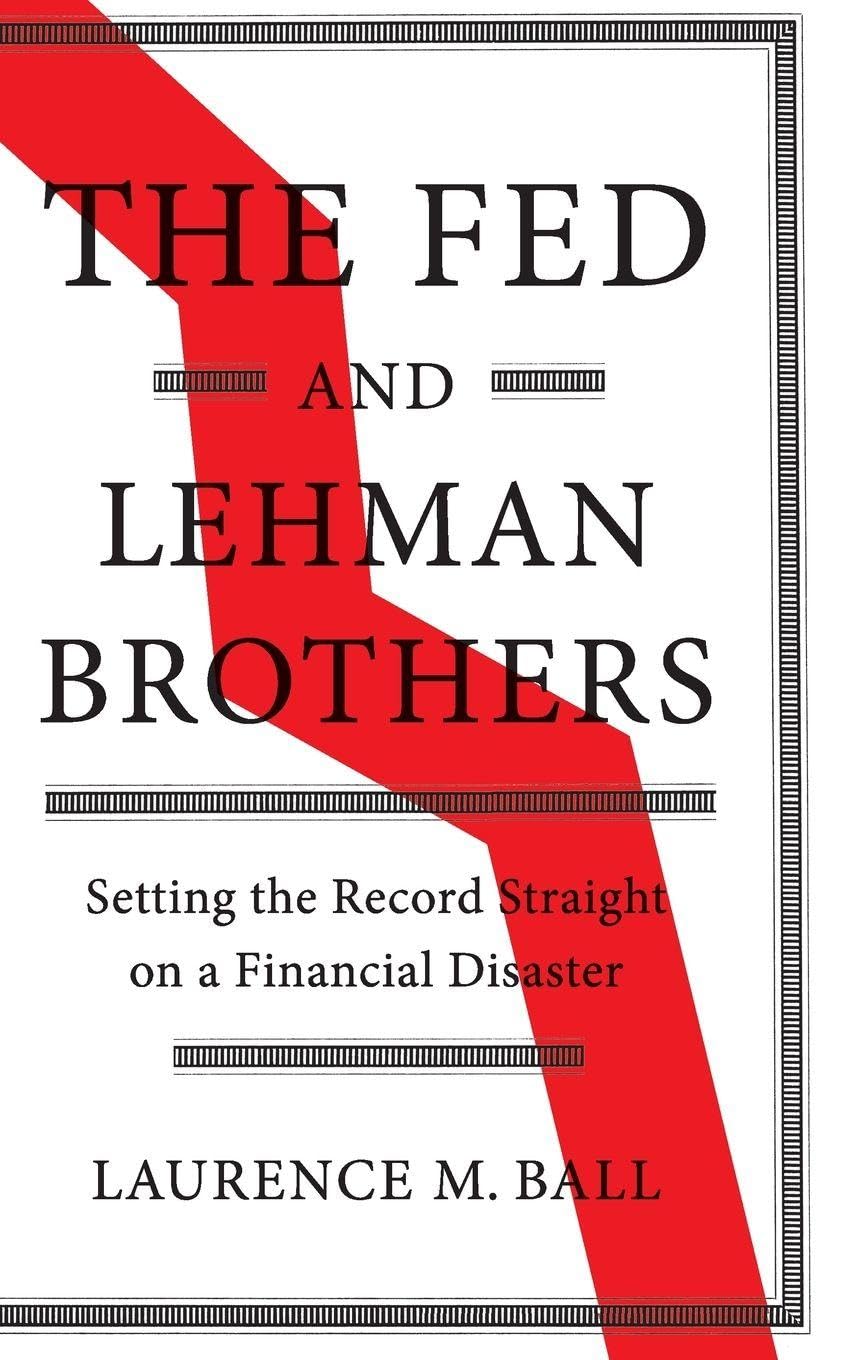Customer Services
Copyright © 2025 Desertcart Holdings Limited
Desert Online General Trading LLC
Dubai, United Arab Emirates


The Fed and Lehman Brothers: Setting the Record Straight on a Financial Disaster (Studies in Macroeconomic History)
Trustpilot
3 days ago
1 month ago